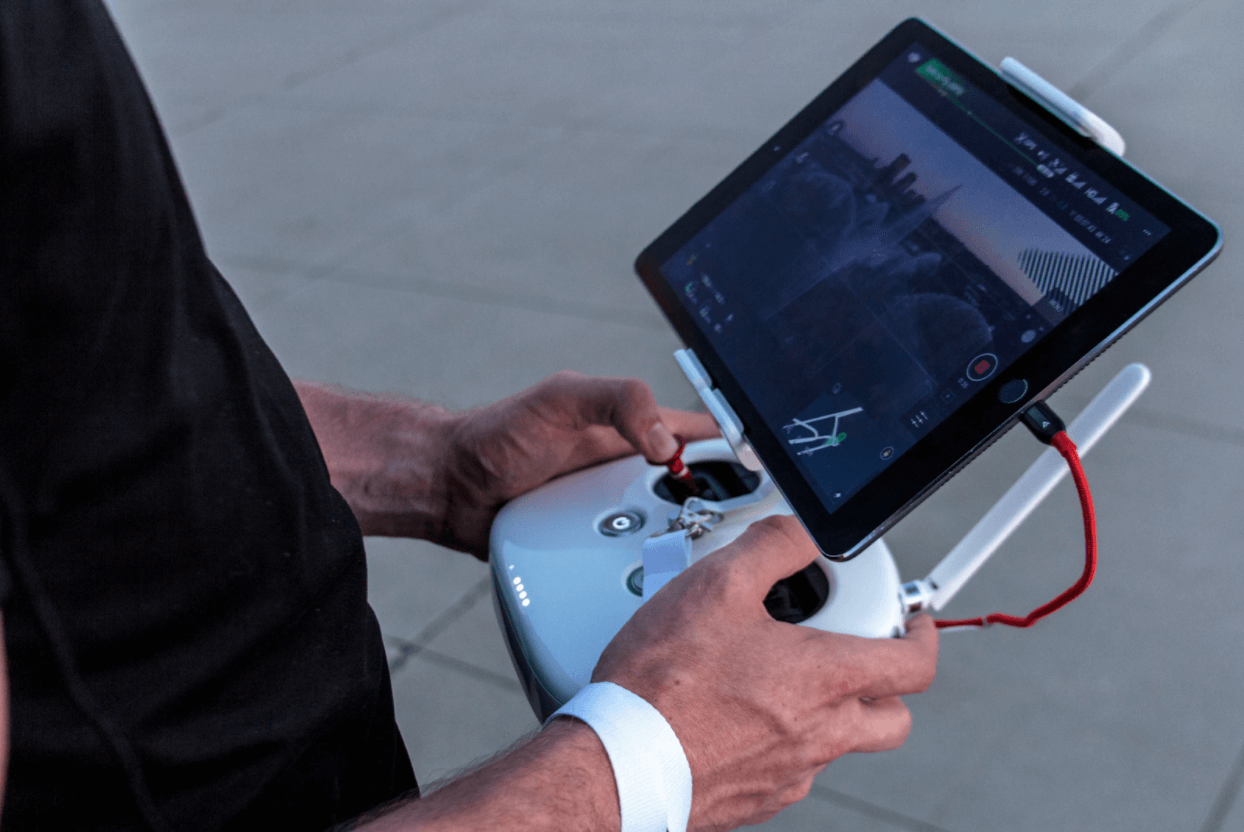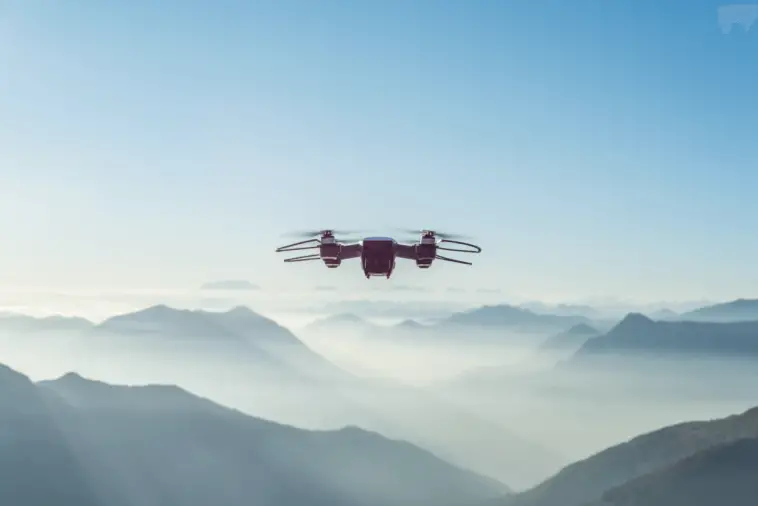Civilian unmanned aircraft systems applications have grown exponentially in the last few years, especially in small, less than 3 pounds, units that currently cost from about five-hundred to two-thousand U.S. dollars, that the U.S. Federal Aviation Administration (FAA) projects that there will easily be over ten times the number of manned aircraft in the skies today, or three-million unmanned aircraft systems deployed in the U.S. for commercial use by 2021, which is a considerable number when you realize that there are only two-hundred and four-thousand active general aviation (GA) manned vehicles currently in use. This burgeoning market is in its infancy and has many applications and uses that have yet to be discovered and put to use.
A Brief History of Unmanned Aircraft Systems
Unmanned Aircraft Systems are autonomous vehicles capable of operating without human input, such as drones or remotely piloted vehicles (RPVs) that are able to be controlled at a sustained level of flight and are either powered by a jet, reciprocating, or electric engine. Unmanned Aircraft Systems were first developed for military use around 1860 when unmanned balloons were loaded with explosives to sail with prevailing winds toward enemy targets using remote tracking and reconnaissance applications. Unmanned Aircraft Systems are now being used in a commercial sense to conduct tedious, dirty, or risky work that companies don’t want to invest in an employee to complete, such as risk assessment including maintenance of infrastructure or mandatory safety inspections of roofs and bridges. Both the Germans and the allies successfully accelerated the development of Unmanned Aircraft Systems during World War II when both sides utilized unmanned combat aircraft, but the most extensive program came about during the Vietnam War, as advances in technologies made Unmanned Aircraft Systems much more effective.
How Do Environmental Organizations and Governments Use Unmanned Aircraft Systems?
Environmental organizations and governments often use unmanned aircraft systems to monitor forests for illegal logging, protect green space, observe wildlife, monitor erosion and guard against illegal immigration as well as examining power plants and other high-risk structures for leaks that could pose environmental dangers to the public by replacing traditional still photo and video acquisition with drone footage. According to the team behind https://cp-aeronautics.com, Unmanned Aircraft Systems have also proven to be useful in monitoring natural and agricultural ecosystems, and have managed to provide high accuracy in species-level vegetation classification, the ability to monitor weed infestations, and detecting crop water stress. Unmanned Aircraft Systems also offers environmental monitoring that plays a central role in diagnosing climate and management impacts on natural and agricultural systems such as enhancing the understanding of hydrological processes, optimizing the allocation and distribution of water resources, and assessing, forecasting, and even preventing natural disasters.
Unmanned Aircraft Systems and Counterterrorism
Unmanned Aircraft Systems can also be used safely to conduct counterterrorism missions and covert missions that enable direct support and control of imagery sensors by special-forces, using small and ultra-quiet tactical UAS platforms carrying high performance Electro-Optical and Infra-Red (EO/IR) imaging systems used for military or law enforcement applications which include both visible and infrared sensors transmitting real-time imagery directly to the users via real-time video links as a tactical system, providing maximum flexibility with minimal exposure.
Unmanned Aircraft Systems Are Safe, Inexpensive, and Efficient
Unmanned Aircraft Systems are safer to use because human beings are taken out of the equation and are easier to use because they have a lower barrier to entry, therefore, making them a relatively safe and inexpensive way to monitor a constant bird’s eye view from high above as opposed to other cumbersome solutions. A clear case in point of efficiency and safety advantages are that Unmanned Aircraft Systems are able to carry out menial or dangerous tasks at a much lower cost while replacing dangerous work conditions and providing a convenient wide-area perspective of hard-to-reach places like swamps or mines while at the same time delivering information at least seventeen times faster than traditional hands-on, ground-level inspections, in fact, some drones have the ability to take over a thousand aerial photos in just fifteen minutes, delivered directly to assessment teams in real-time, as a geo-referenced map, which would be impossible to achieve otherwise.

Unmanned Aircraft Systems can also be used to survey crops, patrol borders, provide reconnaissance for search and rescue missions, report on traffic patterns or news stories, survey wildlife, patrol pipelines, provide an advance warning system for icebreakers, survey oil spills, enforce environmental law, regulate fisheries, shoot footage for movies and provide disaster relief.




